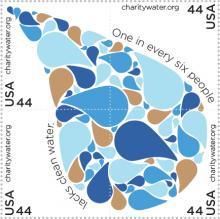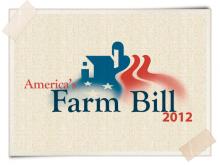Neonicotinoid Insecticides Alter Induced Defenses and Increase Susceptibility to Spider Mites in Distantly Related Crop Plants
Little research has focused on the direct effects of insecticides on plants. Here we demonstrate that applications of neonicotinoid insecticides, one of the most important insecticide classes worldwide, suppress expression of important plant defense genes, alter levels of phytohormones involved in plant defense, and decrease plant resistance to unsusceptible herbivores, spider mites Tetranychus urticae (Acari: Tetranychidae), in multiple, distantly related crop plants. Using cotton (Gossypium hirsutum), corn (Zea mays) and tomato (Solanum lycopersicum) plants, we show that transcription of phenylalanine amonia lyase, coenzyme A ligase, trypsin protease inhibitor and chitinase are suppressed and concentrations of the phytohormone OPDA and salicylic acid were altered by neonicotinoid insecticides. Consequently, the population growth of spider mites increased from 30% to over 100% on neonicotinoid-treated plants in the greenhouse and by nearly 200% in the field experiment. Our findings are important because applications of neonicotinoid insecticides have been associated with outbreaks of spider mites in several unrelated plant species. More importantly, this is the first study to document insecticide-mediated disruption of plant defenses and link it to increased population growth of a non-target herbivore. This study adds to growing evidence that bioactive agrochemicals can have unanticipated ecological effects and suggests that the direct effects of insecticides on plant defenses should be considered when the ecological costs of insecticides are evaluated.










